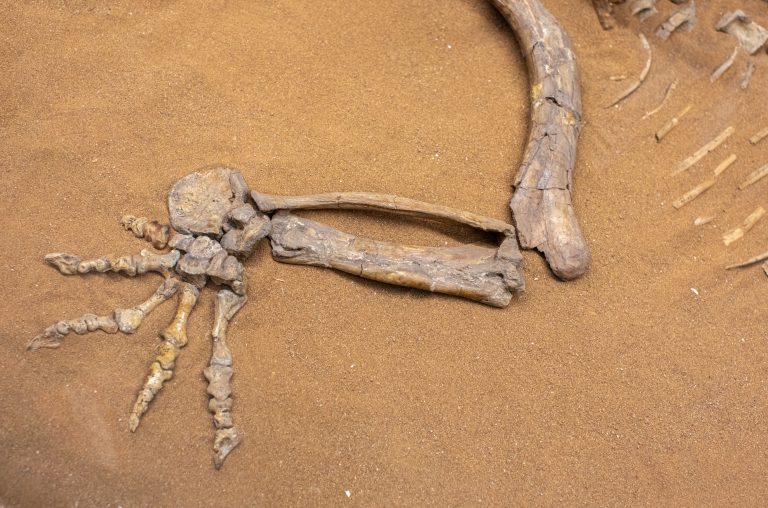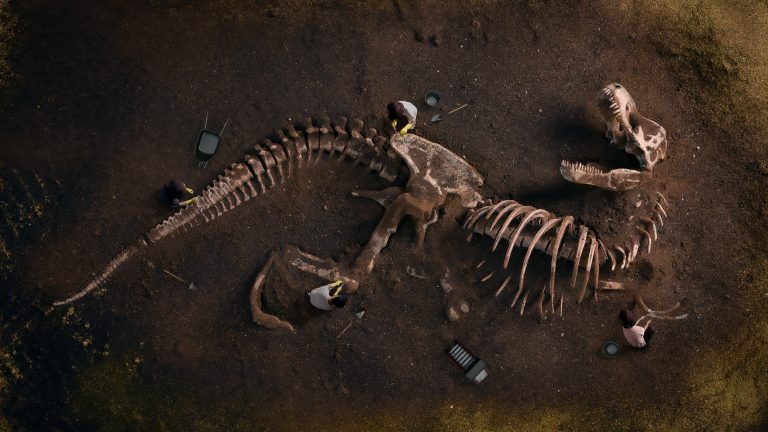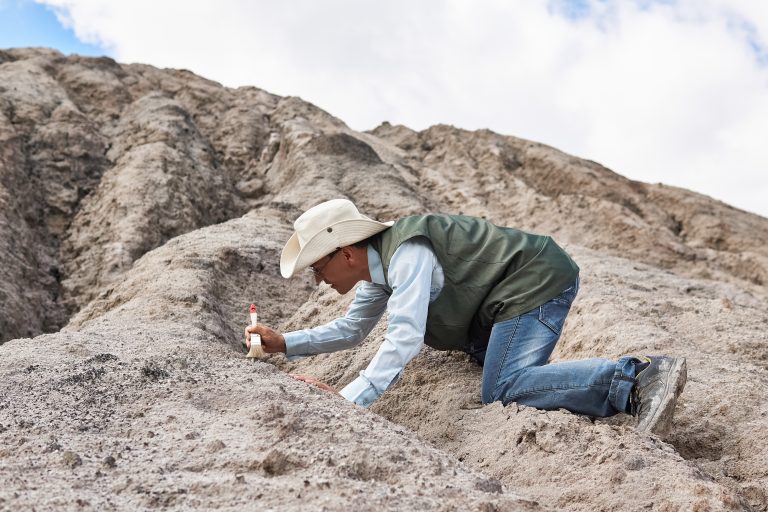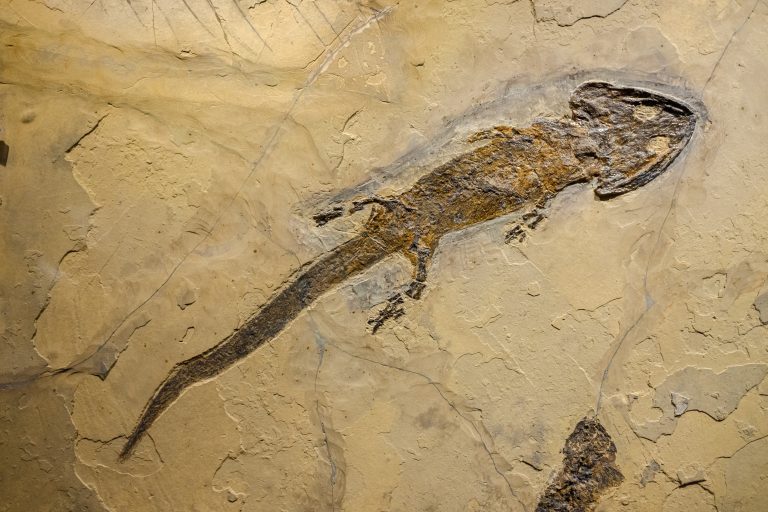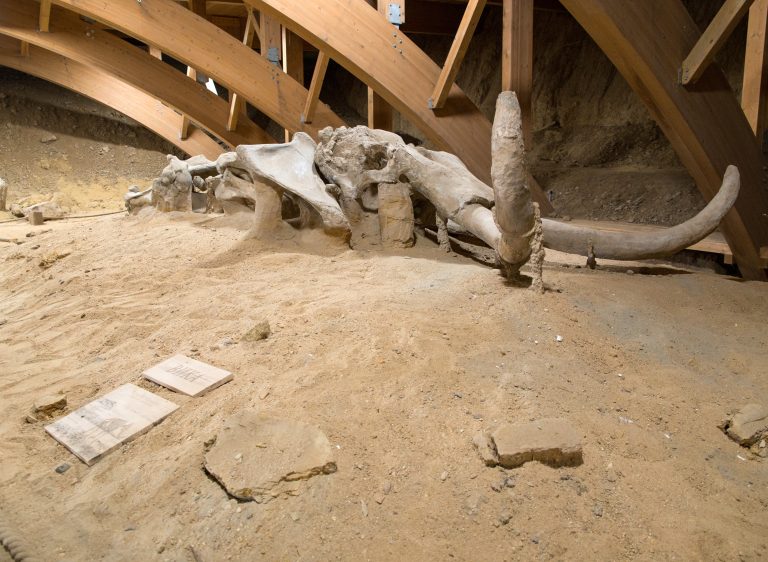8 Must-Have Rentals for Your Next Fossil Trip Adventure

Are you ready to dig into the past? Fossil hunting is an adventure that takes you back millions of years, but it’s not a walk in Jurassic Park without the right gear. Let’s unearth the essentials for your paleontological pilgrimage!
Fossil hunting is a thrilling journey into Earth’s past, requiring patience, precision, and a bit of luck. Success lies in the delicate balance between science and exploration. Whether you’re a novice or a pro, preparation is key—equipping yourself with the right tools and knowledge can transform a frustrating outing into a triumphant expedition.
Beyond digging up the past, it’s about preserving it for the future. So, lace up your boots and gear up for an adventure millions of years in the making!
1. Essential Fossil Digging Tools

You wouldn’t bake a cake without a mixer, and you shouldn’t go fossil hunting without the right tools. A good starting point is a geologist’s hammer, a sturdy pickaxe, and a set of chisels (your best friends for splitting rocks). Soft brushes and dental tools are indispensable for delicate extractions that require a gentler touch.
Hey hey! Don’t forget to subscribe to get our best content 🙂
On my last trip, I was thankful for my trusty trowel, which became an extension of my arm. It’s amazing for scraping away sediment and revealing hidden treasures. Plus, don’t forget the all-important field notebook to record the context of your findings (because science loves details).
A sifting screen can be your secret weapon, especially when searching for smaller fossils like shark teeth. It’s like panning for gold but way cooler because, you know, ancient shark teeth! These tools are the unsung heroes that can make or break your fossil hunting success.
2. Choosing the Right Vehicle
The road to fossils is often unpaved and unforgiving. A four-wheel-drive vehicle is not just a luxury; it’s a necessity. It’ll take you through rough terrain, over hills, and across streams like a prehistoric beast on a mission.
I once made the mistake of taking a low-clearance car to a dig site. Let’s just say, the car was a fossil itself by the end of the trip. Learn from my errors and opt for a rental with high clearance and plenty of cargo space for your gear and finds.
And remember, fuel efficiency might not be top of mind when you’re chasing after ancient bones, but it’s a real concern when you’re miles from the nearest gas station. A vehicle with a good balance of ruggedness and fuel economy can save the day (and your wallet).
3. Reliable Navigation Equipment

When you’re tracking down fossils, getting lost is easier than finding a needle in a haystack (trust me, I’ve been there). A GPS unit is essential, and not just any unit—I’m talking about a high-quality topographic GPS that can guide you through the most remote areas.
I always bring a physical map and compass as backups (because technology can be as unpredictable as a moody velociraptor). They’re the old-school buddies that could lead you back to civilization when all else fails.
And let’s not forget about the importance of pre-trip research. Study the area you’ll be exploring to avoid wandering. A well-planned route is like a treasure map—it doesn’t guarantee you’ll find gold, but it sure increases your chances.
4. Comfortable Field Accommodations
After a long day of fossil hunting, you’ll want somewhere cozy to rest your weary bones. A high-quality tent is a must-have for any outdoor adventure. Look for one that’s easy to set up and can withstand the elements, because Mother Nature can be as unpredictable as a pack of raptors on the hunt.
During one of my expeditions, my tent became a sanctuary during a sudden storm. It’s worth investing in a rental that promises a dry night’s sleep. And don’t forget a comfortable sleeping bag and pad—sleeping directly on the ground is only fun in theory.
For those who prefer a bit more comfort, a camper van or trailer can offer the luxuries of home in the heart of the wilderness. Just make sure it’s equipped for the terrain you’ll be facing. There’s nothing like sipping a hot beverage under the stars and reminiscing about the day’s discoveries.
5. Protective Gear for Safety

Safety should never be an afterthought when you’re out in the field. A sturdy pair of boots is essential to navigate the rugged terrain without turning an ankle. And a hard hat? It’s not just for construction workers; falling rocks are a real hazard when you’re chipping away at cliff faces.
I’ve had my fair share of close calls with flying rock chips, so trust me when I say goggles are a must. They’re the difference between an amazing find and a trip to the emergency room. Also, a pair of gloves will protect your hands from blisters and sharp edges.
And don’t skimp on the sunscreen and insect repellent. Being sunburnt or bitten by every bug known to man is no joke (been there, done that, got the itchy T-shirt). Remember, you’re there to find fossils, not become one.
6. High-Quality Imaging Devices
A picture is worth a thousand words, and in paleontology, it could be worth a thousand years. A high-resolution camera is crucial for documenting your findings. It helps you capture the details that might not be visible to the naked eye.
I’ve learned the hard way that not all cameras are created equal. A camera with macro capabilities will become your best friend when you’re trying to capture the intricate patterns on a fossilized leaf. And if you’re planning to share your discoveries with the world, a camera with good connectivity options is a boon.
Don’t forget a portable, rugged tripod for those shots that require stability. The last thing you want is a blurry photo of the find of the century because your hands were shaking from excitement (or too much coffee).
7. Handy Field Communication Sets

In remote areas, cell phone service can be as extinct as the fossils you’re hunting for. A set of walkie-talkies can be a lifesaver, keeping you in touch with your team even in the most isolated locations.
During a trip in the badlands, my walkie-talkie was the only line of communication when a member of our group wandered off. It’s also great for quick updates or if you need to warn your buddies about that suspicious-looking boulder that’s teetering a little too much for comfort.
And it’s not just for safety—walkie-talkies can add a bit of fun to the trip, too. Nothing beats the feeling of announcing a big find over the airwaves. Just remember to check the battery life and range before you head out.
8. Personal Convenience Kits
The little things can make a big difference on a fossil trip. A personal convenience kit should include items like a first-aid kit, a multi-tool, and extra batteries. It’s like a Swiss Army knife for your adventure—compact but packed with essentials.
I always pack a water purification system, because dehydration is a real danger, and you can’t always trust the local water sources. And snacks are critical—energy bars can be the difference between a productive day and one spent daydreaming about your next meal.
Lastly, consider a portable solar charger to keep your devices powered up. There’s nothing worse than finding the perfect specimen and realizing your camera is as dead as the dodo.
Concluding Fossil Trip Tips
As you prepare for your fossil hunting adventure, remember that the right gear can make or break your experience. Double-check your list and rent quality equipment that won’t let you down when you’re out in the field.
And don’t forget to respect the land and its history. Take only pictures, leave only footprints, and always follow local regulations. Fossil hunting is not just about what you find, but also about the stories those finds tell and preserving them for future generations.
So there you have it, fellow time travelers—the ultimate checklist for a successful fossil hunting trip. Pack smart, stay safe, and keep your eyes on the ground. Who knows what ancient secrets you’ll unearth on your next prehistoric journey!


